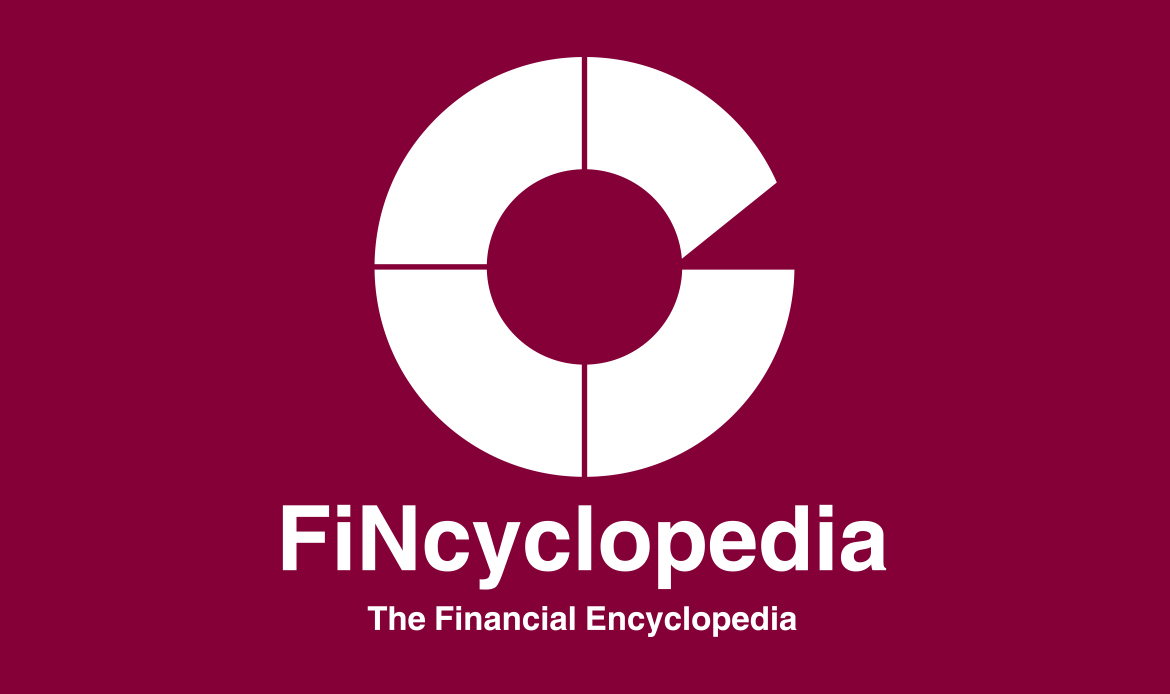An Islamic swap that entails the exchange of a floating profit rate for a fixed profit rate, or vice versa. For example, party A contemplates issuing a one million BD (Bahraini dinar) sukuk with a one-year tenor (say, 1 August 2015). Sukuk pay out a capital (principal) amount at one-year maturity and monthly floating amounts to investors (sukuk holders) over the course of its tenor. A variable benchmark (one-month LIBOR or its equivalent) is used to figure out the periodic floating amount payable to sukuk holders. Party A is exposed to changes in that benchmark rate. As such, the sukuk are linked to one-month LIBOR, so the 12-month sukuk have twelve one-month calculation periods starting on 1 August. Party A seeks to protect itself against the possibility that the benchmark rate on which the periodic floating amounts are based will increase. By entering into a profit rate swap, party A can fix its exposure resulting from the sukuk. Party B could be an Islamic bank with a large fixed profit rate holdings/ portfolio and, for risk management purposes, it wishes to hedge itself by converting some of its fixed profit rate exposure into floating profit rate exposure.
The profit rate swap helps party A to hedge its floating profit rate exposure under the sukuk by converting it into a fixed profit rate exposure (i.e., party A is aware that by paying the fixed amounts to party B, party A will receive from party B the floating amounts required to make payment under the sukuk agreement). Party B’s income was mainly floating income and through the swap it would be able to convert some of that income into stable fixed income.
Profit rate swap is known in Arabic as mubadalat al-ribh (مبادلة الربح) or mubadalat al-arbah (مبادلة الأرباح).






